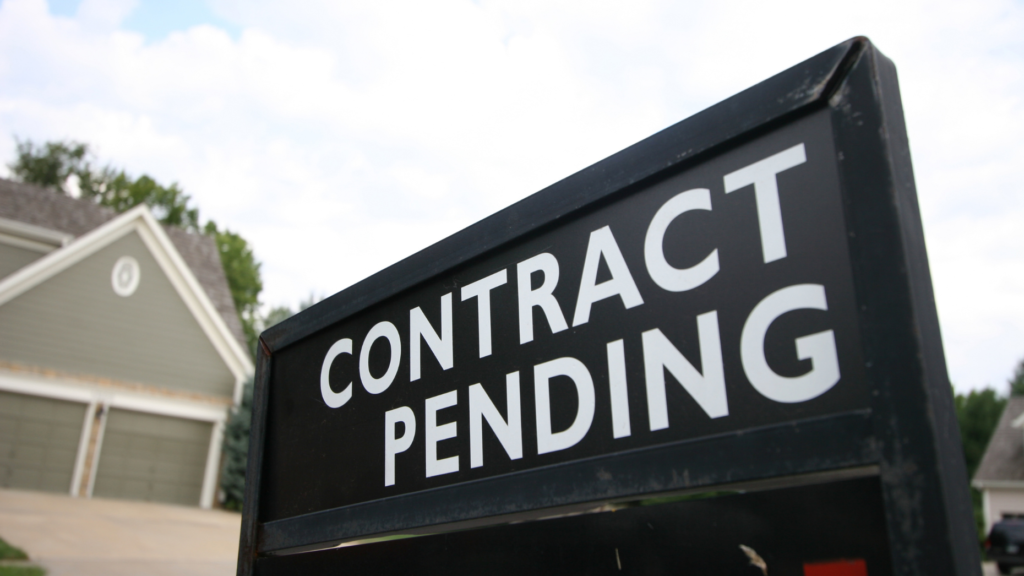
Rising home prices and mortgage rates stifled pending home sales in February, according to the National Association of Realtors on Thursday. The Pending Home Sales Index, which is a forward-looking indicator based on contract signings, was 75.6 in February. The maximum score on the scale is 100, which represents the contract activity seen in 2001. February’s performance marks a 7 percent annual decline; however, it is a slight improvment from the previous month (+1.6 percent).
At Inman Connect Las Vegas, July 30-Aug. 1, 2024, the noise and misinformation will be banished, all your big questions will be answered, and new business opportunities will be revealed. Join us.
Rising home prices and mortgage rates stifled pending home sales in February, according to the National Association of Realtors on Thursday.
The Pending Home Sales Index, which is a forward-looking indicator based on contract signings, was 75.6 in February. The maximum score on the scale is 100, which represents the contract activity seen in 2001. February’s performance marks a 7 percent annual decline; however, it is a slight improvement from the previous month (+1.6 percent).
TAKE THE INMAN INTEL INDEX SURVEY FOR APRIL

Lawrence Yun
NAR Chief Economist Lawrence Yun said price trends in the West and Northeast are primarily to blame for the annual decline, as first-time homebuyers struggle to keep up with home price growth.
“The high-cost regions in the Northeast and West experienced pullbacks due to affordability challenges,” Yun said in a written statement. “Home prices rising faster than income growth is not healthy and adds challenges for first-time buyers.”
Even as the PHSI struggles to experience annual gains, Yun and Realtor.com Senior Economic Research Analyst Hannah Jones are still hopeful about the coming months as more homesellers and homebuilders bring existing and new-home inventory to the market.

Hannah Jones | Credit: LinkedIn
“There will be a steady rise in inventory from recent growth in home building,” Yun said. “Additionally, many sellers, who delayed listing in the past two years, will begin to put their homes on the market to move to a different home that better fits their new life circumstances — such as changes in family composition, jobs, commuting patterns and retirees wanting to be closer to their grandkids.”
Jones said active inventory rose 23.5 percent in March, which helped moderate home price growth. Even with that boost, Jones said inventory levels are still down by the double digits compared to last year, creating a challenging competitive landscape for homebuyers.
“Inventory was roughly 28 percent lower, prices were almost 40 percent higher, and mortgage rates were nearly three percentage points above pre-pandemic levels in March, which means the housing market remains challenging,” she said. “By all measures, for-sale inventory is increasing, which can offer buyers more options and take pressure off of home prices. However, lower mortgage rates will be crucial in bringing both buyers and sellers back into the market.”
Both economists said future PHSI improvements will depend on maintaining a strong jobs market, and the Federal Reserve making highly-anticipated interest rate cuts toward the third and fourth quarters of the year.
“Still-strong employment and inflation data have pushed rate-cut expectations further into the back half of the year,” Jones said. “Mortgage rate improvement hinges on convincing progress in inflation, which has not come to fruition quite yet.”
“While modest sales growth might not stir excitement, it shows slow and steady progress from the lows of late last year,” Yun added.
Discover more from reviewer4you.com
Subscribe to get the latest posts to your email.





